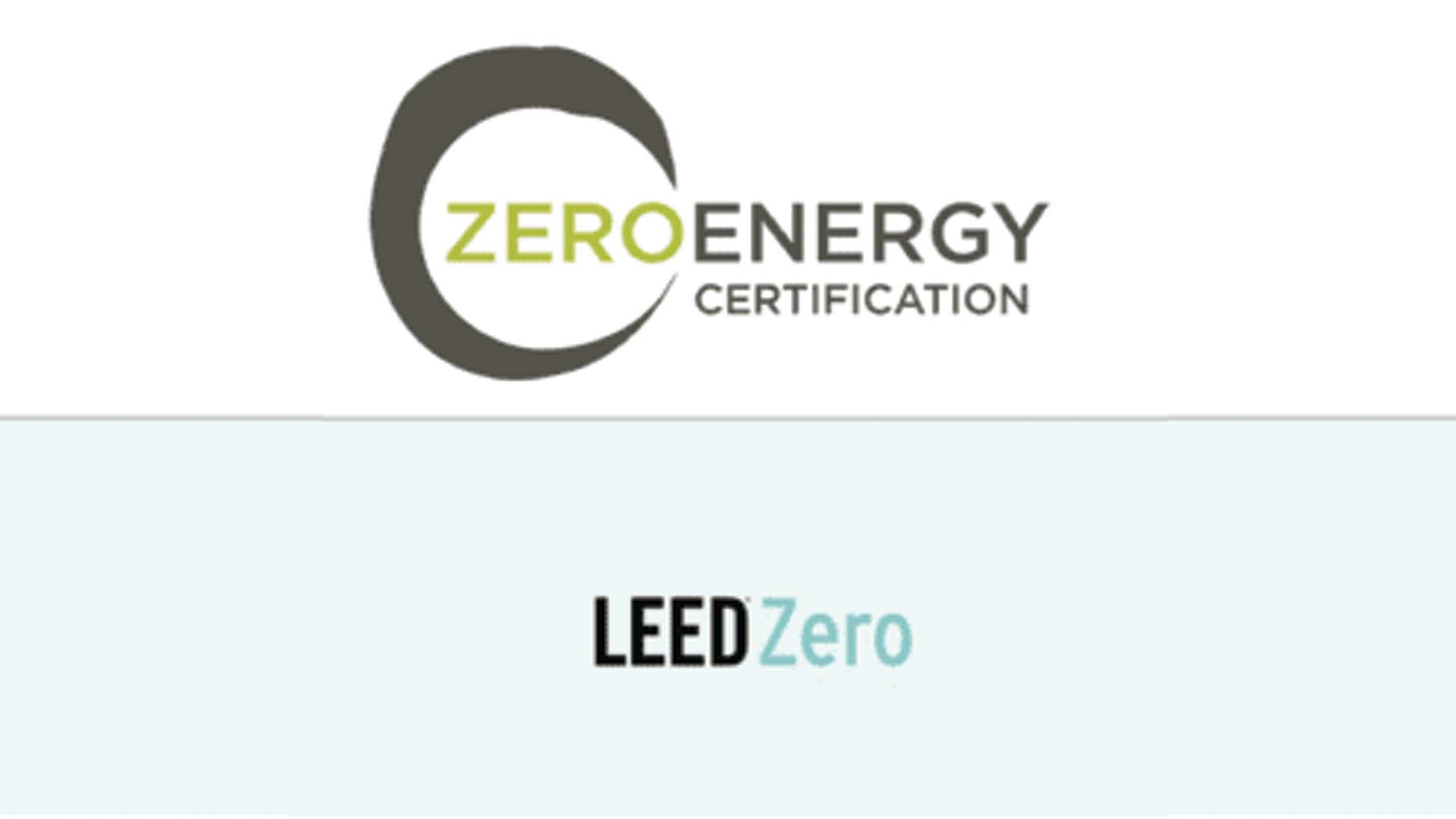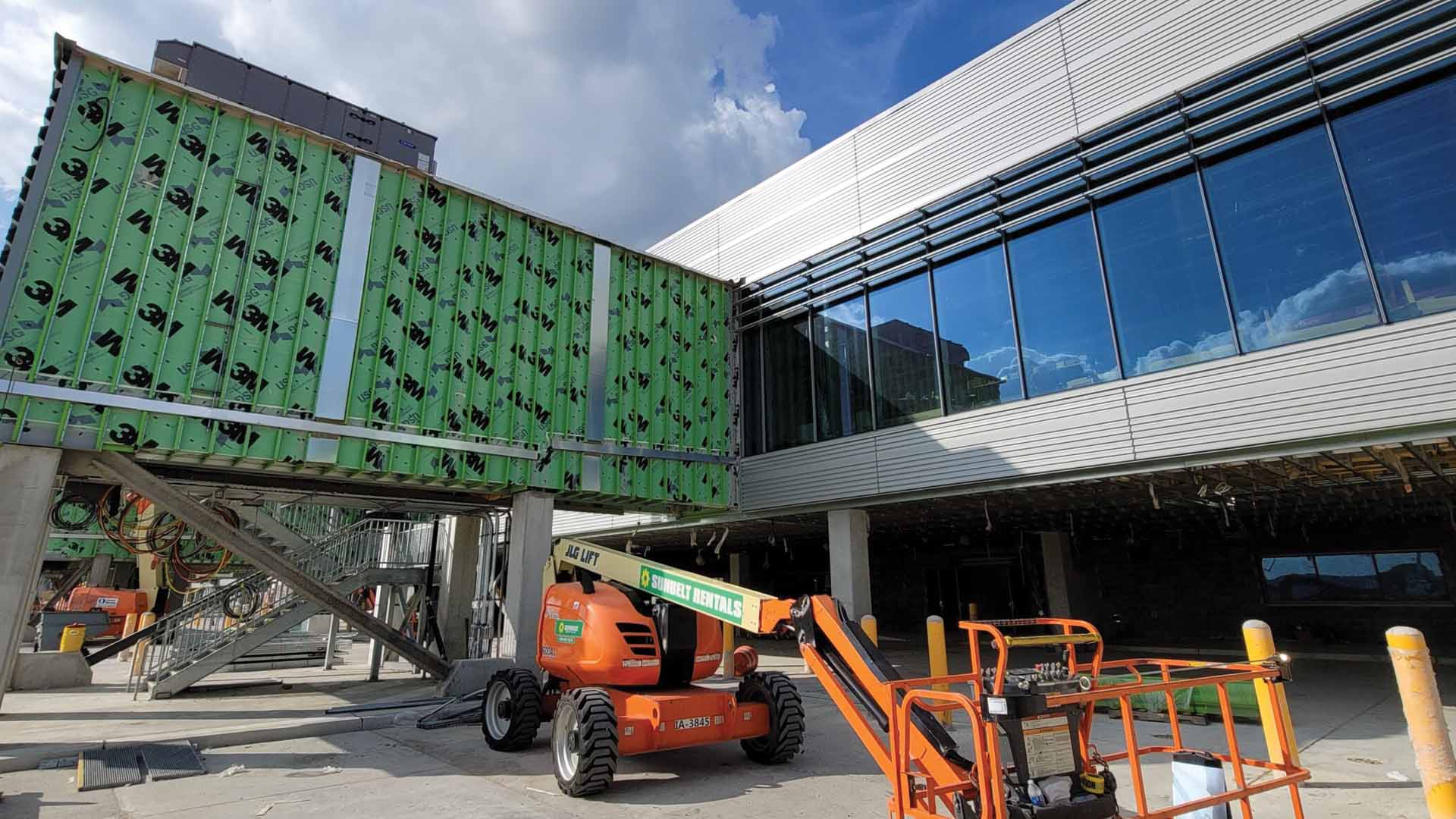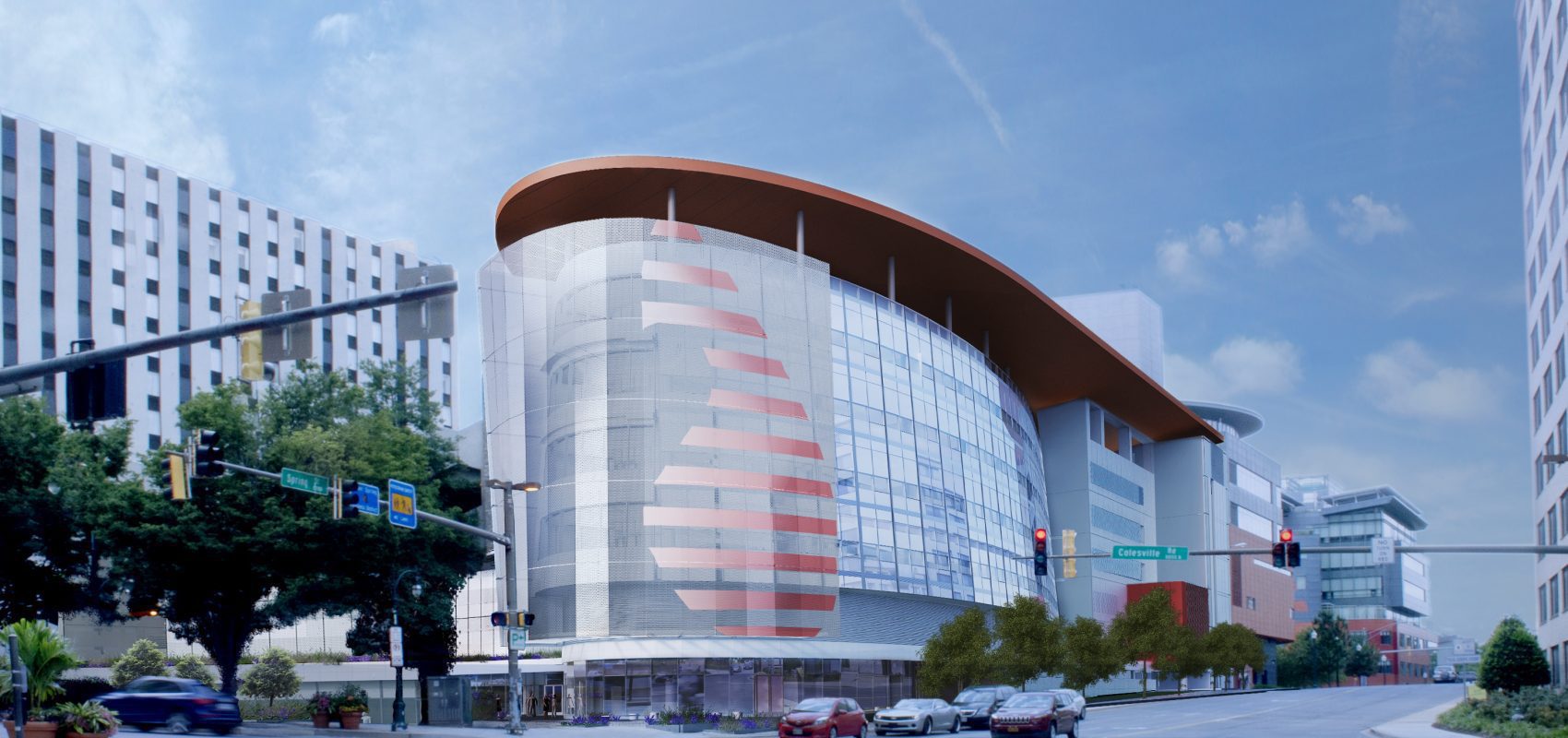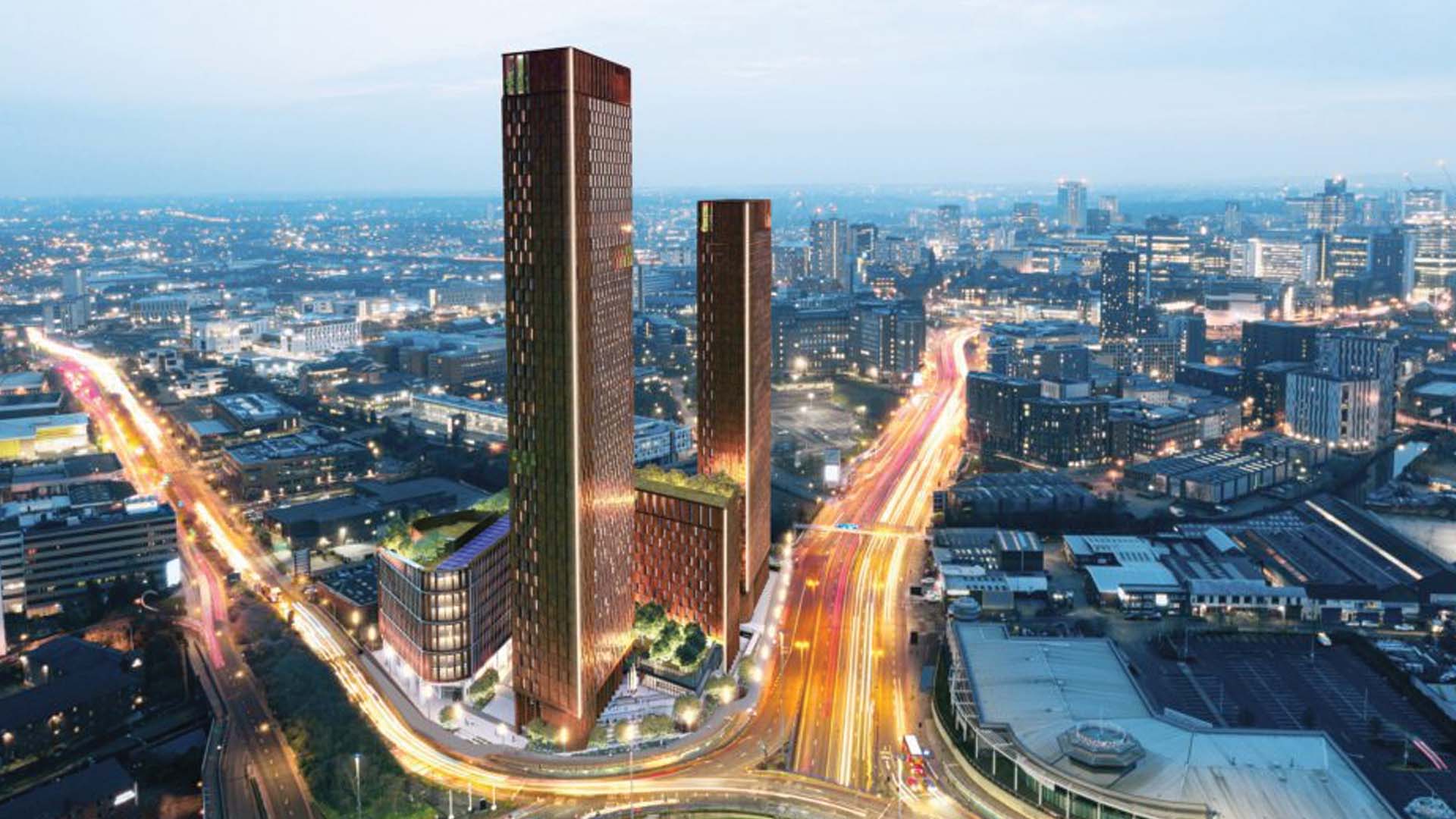A net-zero building, also known as a zero net energy building, net-zero energy building, or net zero building, combines energy efficiency and renewable energy generation to consume only as much energy that can be produced on-site, or nearby through renewable resources over a specified period. This means that the building’s total amount of energy used in a year is roughly equal to the amount of renewable energy created on the site, or nearby.
Achieving a total of zero energy in a building is an ambitious, but possible goal that is becoming increasingly popular in commercial, federal, and state properties in order to reach the worldwide goal of net-zero carbon emissions by 2050.
How are net-zero buildings defined and certified?
Because it is a fairly new concept, net-zero energy buildings do not have an exact definition. However, the National Renewable Energy Laboratory (NREL) provides a widely accepted definition that presents four different definitions of net-zero energy. Designers, owners, and operators can select the metric that best fits their building project and its goals: net zero site energy, net zero source energy, net zero energy costs, and net zero energy emissions.
Net zero site energy produces at least as much energy as it uses in a year, when accounted for at the site. Similarly, net zero source energy produces at least as much energy as it uses in a year when accounted for at the source, which includes the energy lost in the process of generation, transmission, and distribution. Net zero energy cost simply means that the building has an energy utility bill of $0 over the year after accounting for energy services to the building owner and selling Renewable Energy Credits. Lastly, a net zero energy emissions building produces at least as much emissions-free renewable energy as it uses from emissions-producing energy sources.

Currently, there are a few different certifications buildings can apply for to verify themselves as a net-zero building. The two most highly regarded ones are the U.S Green Building Council’s (USBG) LEED Zero and the International Living Future Institute’s (IFLI), ILFI Zero Energy Certification.
USBG’s LEED Zero complements LEED (Leadership in Energy and Environmental Design) and verifies the achievement of net-zero goals in existing buildings. These net-zero achievements are LEED Zero Carbon, LEED Zero Energy, LEED Zero Water, and LEED Zero Waste.
The IFLI Zero Energy Certification is the first worldwide zero-carbon third-party certified standard. This standard requires that 100 percent of the building’s energy needs on a net annual basis must be supplied by on-site renewable energy, and no combustion is allowed.
What building techniques are used to achieve net-zero?
Buildings can achieve net-zero energy in a variety of ways using many different techniques, regardless of the certification and definition they fall under. One popular method is efficient energy building design. This is a cost-effective strategy that includes many possible design measures such as high-performance envelopes, air barrier systems, energy-efficient lighting, passive solar heating, water conservation, and sun control and shading devices.

For example, losses through the building envelope cause 30% of energy waste in residential and commercial buildings, and the high-performance 3M’s Air and Vapor Barrier Solutions with membranes and tape can fix this. They protect the building from cold and hot air, reducing the energy loss from the building to make it more energy-efficient.
Another way to make a building net-zero is by using on-site renewable energy. For example, photovoltaics, solar water heating, and wind turbines can be installed for on-site electricity generation. Similarly, biomass like wood, agricultural waste, and similar products can provide space and water hearing when burned on-site.
Buildings can also sometimes use energy generated off-site to achieve a net-zero building certification, depending on the metric and guideline. For example, the building owner can install wind turbines or solar collectors at a separate location, or they can purchase renewable energy credits (RECs). RECs represent the energy generated without using fossil fuels, like wind farms, solar plants, and hydropower facilities, and they transfer the “renewable” aspects of renewable energy to the owner. In other words, RECs are renewable energy that is being generated on someone’s behalf.
What are some examples of net-zero buildings?
There are many existing and forthcoming commercial and residential net-zero buildings, ranging from houses to skyscrapers.
On a small residential scale, Habitat for Humanity’s Habitat Zero Energy Home in Denver achieves net-zero energy use by using the sun, earth, and wind. This house combines envelope efficiency, efficient equipment, passive and active solar features, and more to achieve its zero energy. The photovoltaics on the house deliver most of the energy to the house, and the utility power grid delivers energy when the PV system doesn’t produce enough energy. This eliminates the need for battery storage.

Photo Credit: United Therapeutics Unisphere
On a larger commercial scale, United Therapeutic’s Unisphere is the current largest commercial net-zero building in the world at 135,000 square feet. The building uses advanced technologies like the 52 geo-exchange wells drilled into the ground that function like heat pumps, windows that darken and open automatically, and a quarter-mile long concrete labyrinth 12 feet underneath the building that provides passive heating and cooling. There’s even a pool in the center of the building that soaks up excess heat that can also be used for swimming! The building’s 3,000 solar panels generate more energy than it needs; this surplus energy is sold back to the grid.

Photo Credit: Associated Architects
As for the biggest scale yet, a skyscraper, Associated Architects unveiled plans for Curzon Wharf in 2021, a 53-story development in Birmingham, UK. This will be the first skyscraper in the world to produce net-zero emissions in operation. The plans include using super-insulated building fabric, renewable energy sources, LED lighting and smart controls, and low-carbon construction material like the cement substitute Ground Granulated Blast furnace Slag (GGBS) for the concrete structure. Curzon Wharf is set to be operational in 2029.
For more information on innovations in construction materials, stream Tomorrow’s World Today’s presentation of “Material Science Meets Building Sciences” on SCIGo and Discovery GO!







